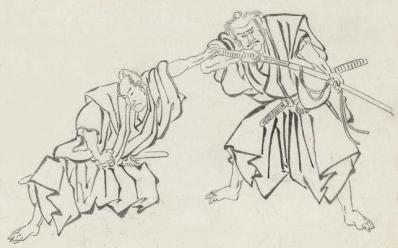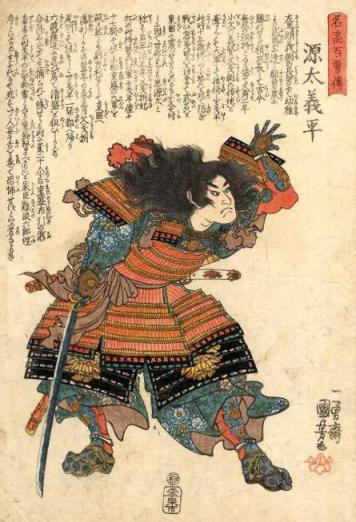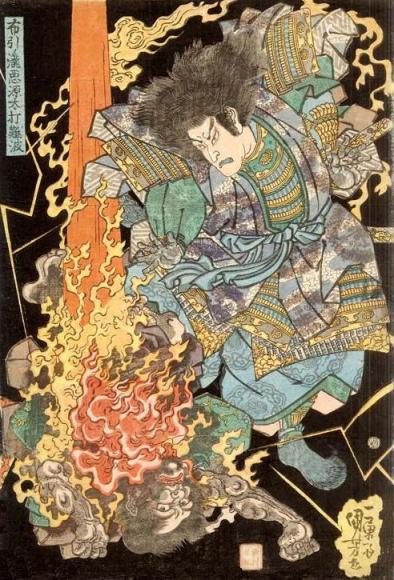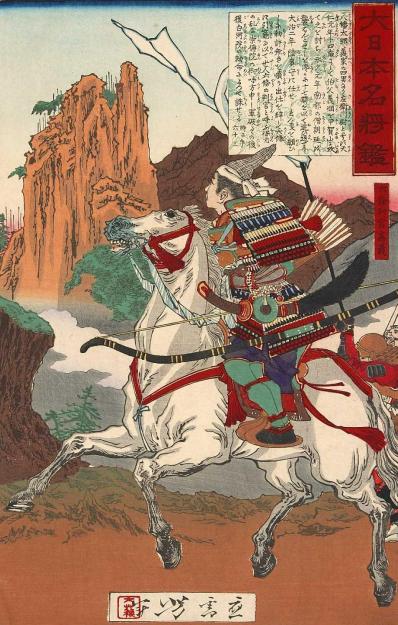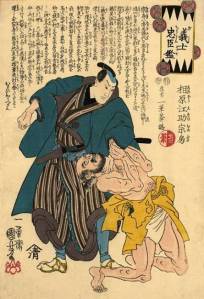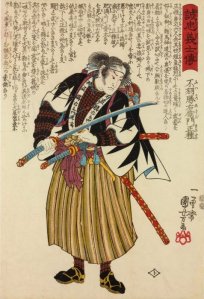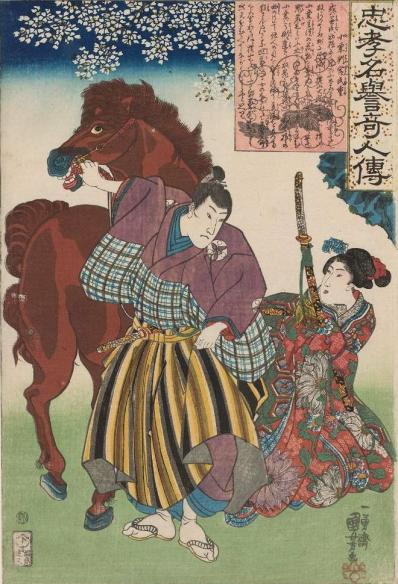Paul Masse, kickin’ it in Santa Monica
From Bujinkan Santa Monica by Michael
| Paul Masse puts Dante in some weird Yoga Bondage |
Paul has traveled to India recently and studied yoga in Rishikesh. He was overflowing with an abundant need to share (or torment) us with some of his unique yoga experiences. So we began with Paul's 柔軟体操 Juunantaisou by way of India.
In between our normal taijutsu study, Paul would insert yoga experiences throughout the day. At one point when I looked around at everyone who was groaning as they tried to get into a pretzel, I raised my fist and said, "damn you Paul! Why did you have to go to India?" Even though these yoga poses were difficult for me, I gained a lot from Paul's enthusiasm.
As far as the taijutsu went, it was fantastic. Paul moved very quickly through concepts and henka to present the feeling he wanted to convey. If I had to pinpoint a theme for the day, it would be that kyusho are everywhere in the kukan and we attack them with kyojitsu..
If you know the meaning of these words, then you may realize what a deep idea this becomes. Someone asked Paul what kyojitsu means, and he worked hard not to fall down an ontological rabbit hole as he tried to explain. Simply put it means the interplay of real and unreal, or true and false in the moment. But the hard part to get your head around is that the real and unreal exist simultaneously, all the time, and everywhere.
After a yoga break, or was it the neti break, or maybe the handstands break? Paul focused on using the hanbo. Or rather, not using the hanbo. He and I spoke in some detail about our experiences in "not using" weapons and he riffed on that for the rest of the day.
He described one end of the hanbo could be the kyo, and the other could be the jitsu. His uke's might get hit with either. He shared the concepts of 中途半端 chuuto hanpa, and 決まってない kimatenai with everyone as a way of "not using" the hanbo.
At the end Paul did some calligraphy for us. He brushed out kamiwaza for me and did a variety of others for everyone there. He shared some of his new artwork with us. To my eye it was more refined than ever. Some of it was based on gokui. This matched up with the whole day as Paul was dropping the gokui on us with gusto!
Thanks for your visit my friend...



